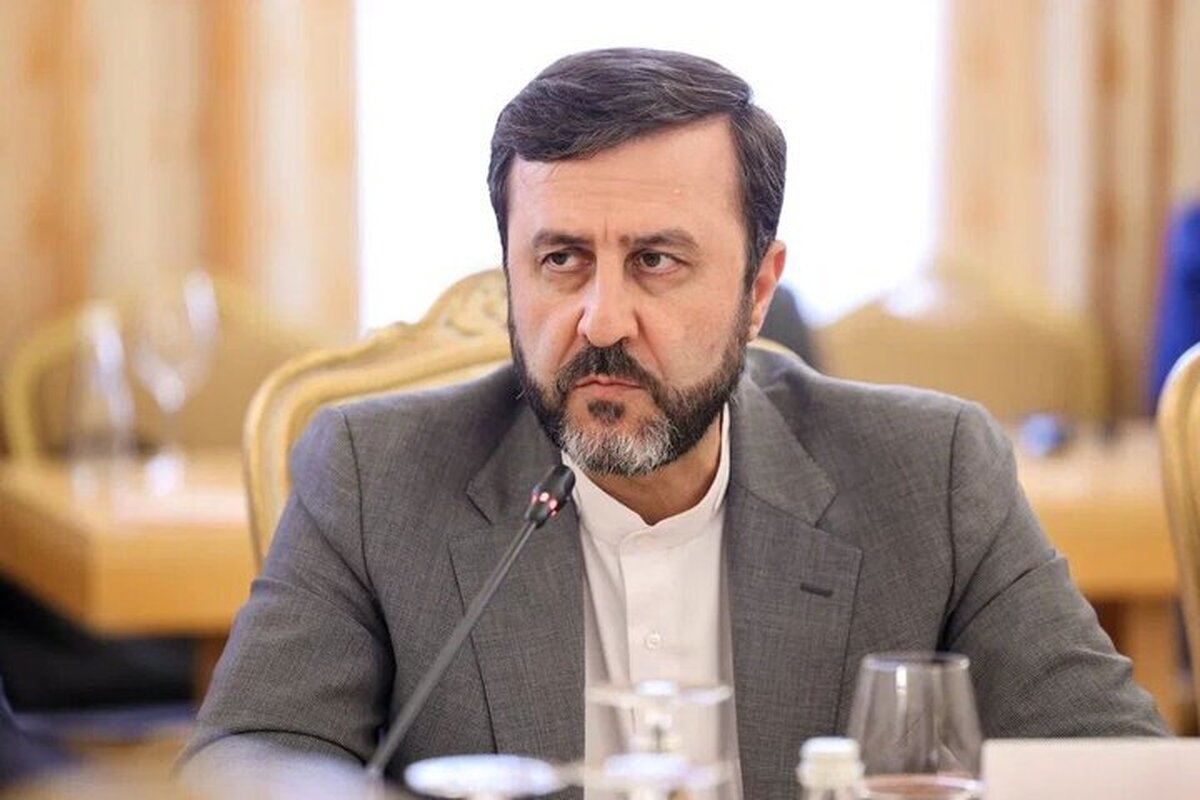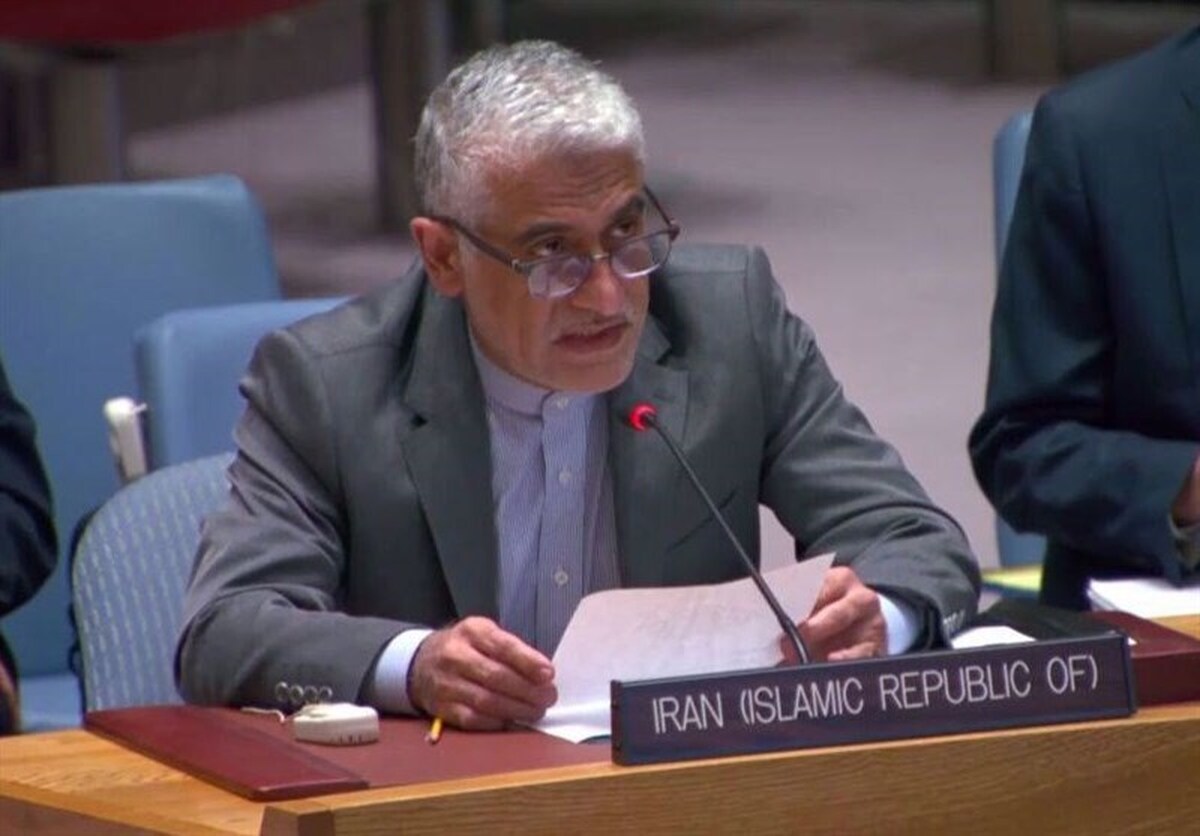
Plan to Divert Water From Sea of Oman to South Khorasan
EghtesadOnline: With completion of water transfer from the Persian Gulf to Kerman Province, plans are underway to supply water from the southeast region to South Khorasan Province, the representative of Nehbandan and Sarbisheh counties in Majlis said.
“Studies have been carried out on ways to transfer water from the Oman Sea to three provinces (Sistan-Baluchestan, South Khorasan and Khorasan Razavi). However infrastructure projects are on hold due to funding constraints,” IRNA quoted Mostafa Nakaei as saying.
The first phase of a project to divert water from the Persian Gulf to Kerman came online last November. A 305-km pipeline will annually transfer 180 million cubic meters of desalinated water from the Bandar Abbas Desalination Plant in southern Hormozgan Province to Gol-Gohar Mining and Industrial Complex in Sirjan, Kerman.
Dubbing unfinished rural water supply projects as “one of the biggest” problems in South Khorasan, the MP said the issue of providing drinking water to rural and nomadic areas is being followed up by the Energy Ministry.
“It has been decided that three banks, Refah, Saderat, and Melli, will allocate $25 million to complete the projects,” Nakhaei said.
South Khorasan has been facing drought and low rainfall for more than two decades. “Currently, 32% and over 42% of drinking water is wasted in urban and rural areas, respectively that is 10% higher than the national average,” managing director of the provincial water company said.
Annual water consumption in South Khorasan is 1 billion cubic meters of which 900 million cubic meters is used by farmers," Hussein Emami was quoted as saying.
Due to the lack of permanent rivers and no connection to the sea, water in the border and desert province is supplied from groundwater sources, including wells, springs and aqueducts.
Wells account for 63% of the water need with 250 mcm from the qanat water systems (underground aqueducts) and the rest from groundwater resources like rivers and dams, which are drying up due to extensive use for farming and non-agricultural use.
While plans including the installation of smart meters have helped reduce water consumption in the farm sector, population growth and industrial development have pushed up consumption, Emami said.
“We want to reduce water waste in the network to 15%,” he added.
Since the beginning of the financial year (March 2020), 59 km of rural drinking water network and 1,100 water meters have been replaced. In the urban regions we need to replace almost 262 km of pipelines and in the rural areas 518 km.”




